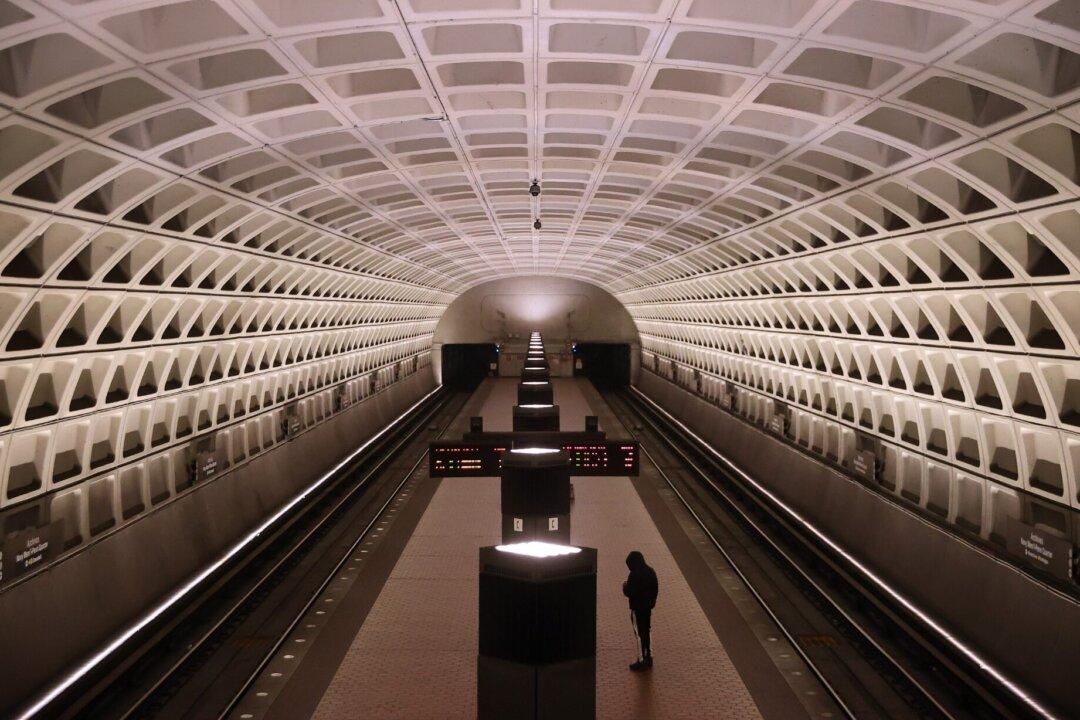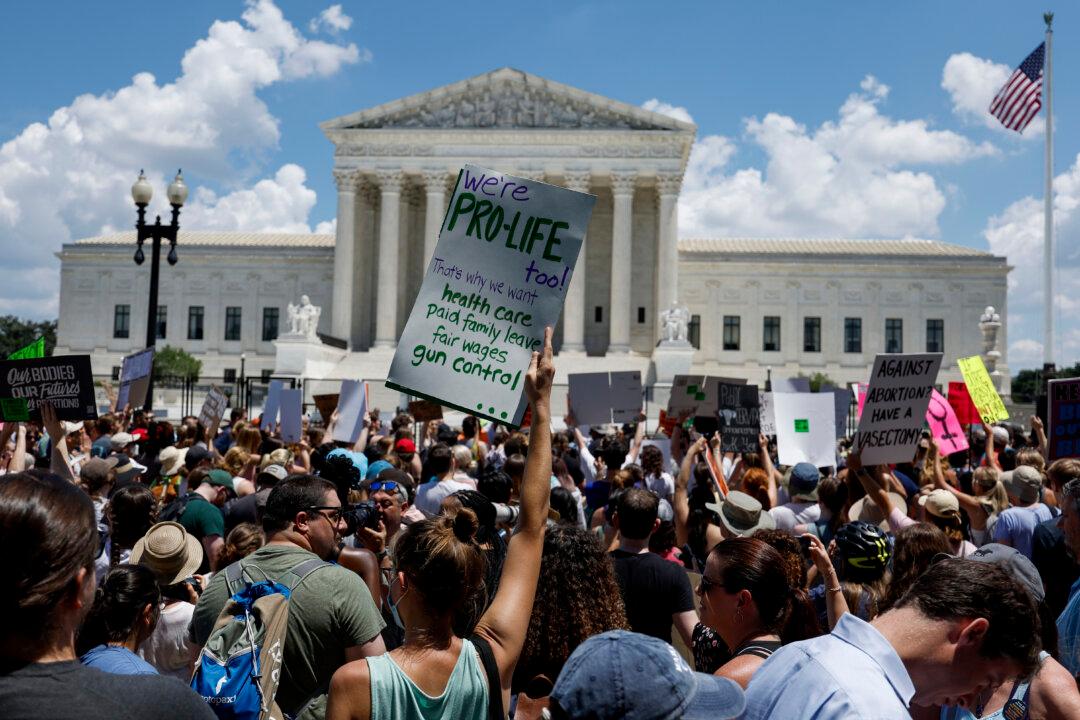Washington Metro Area Transit Authority’s (WMATA) Metro train and bus system is facing a mammoth financial deficit of $750 million.
The last few years of reduced ridership and inflation have exacerbated the Metro’s preexisting structural financial problems, and unlike the previous years, the coming fiscal years could see major cuts in service and wreak havoc on the area’s economy, said WMATA officials.





